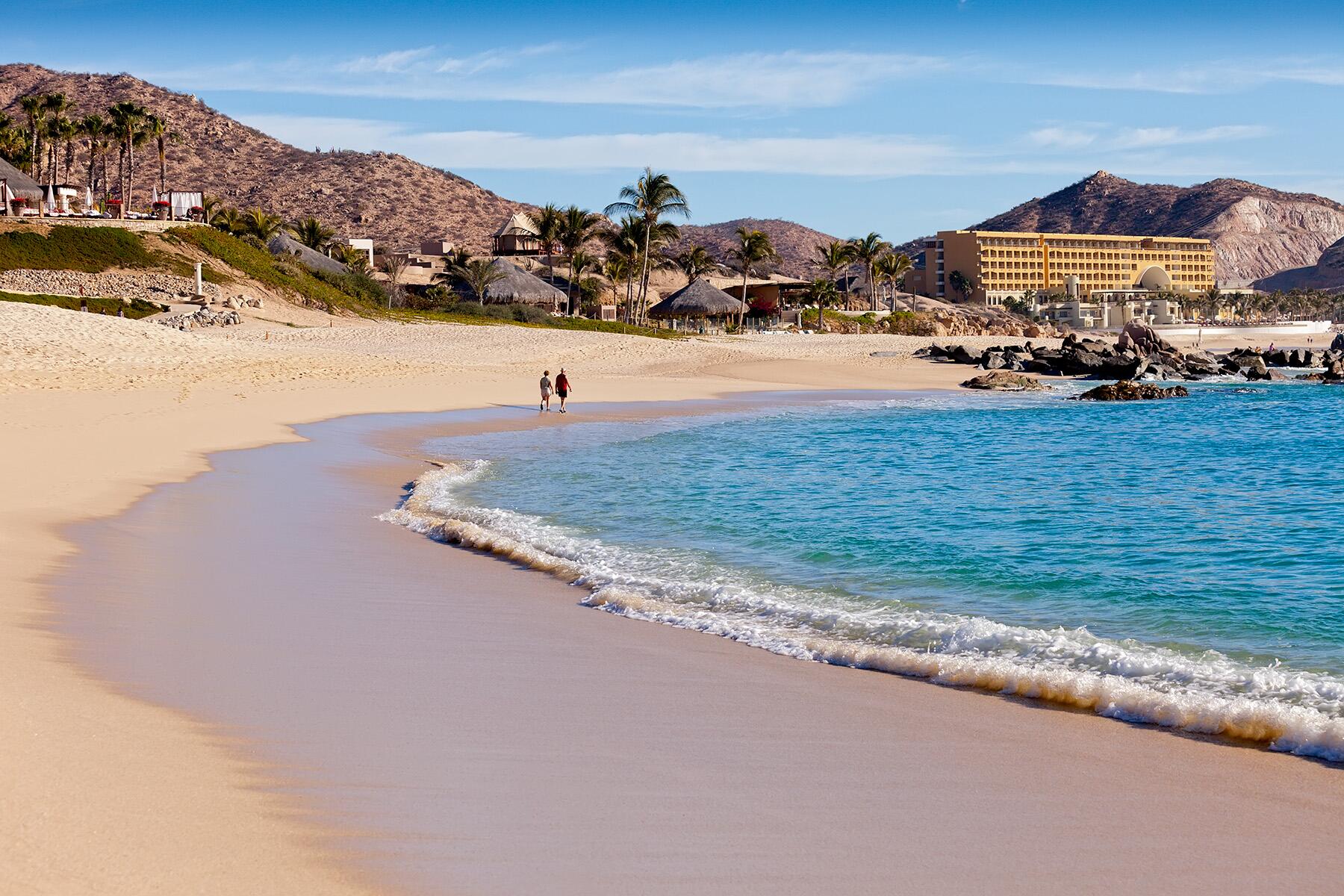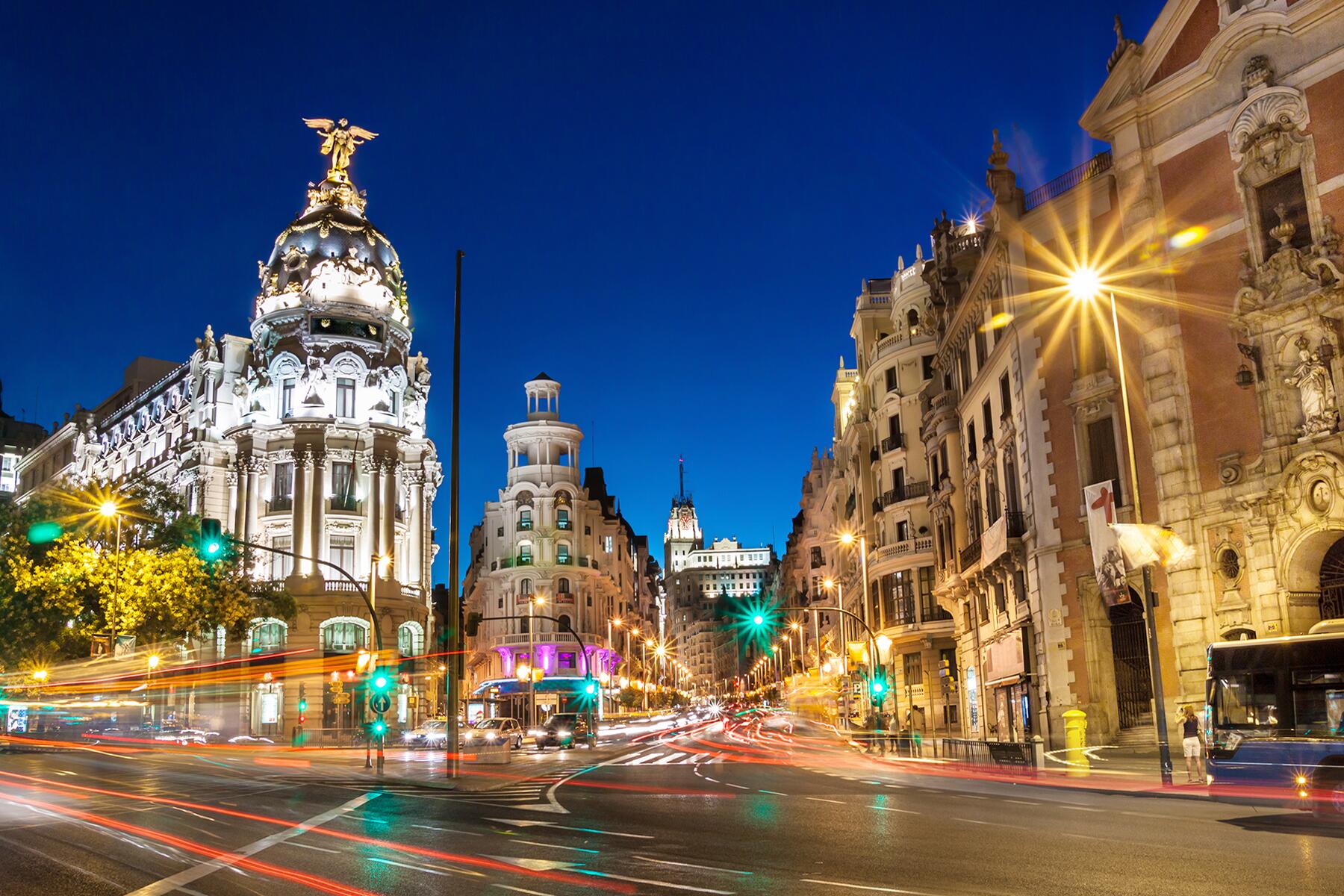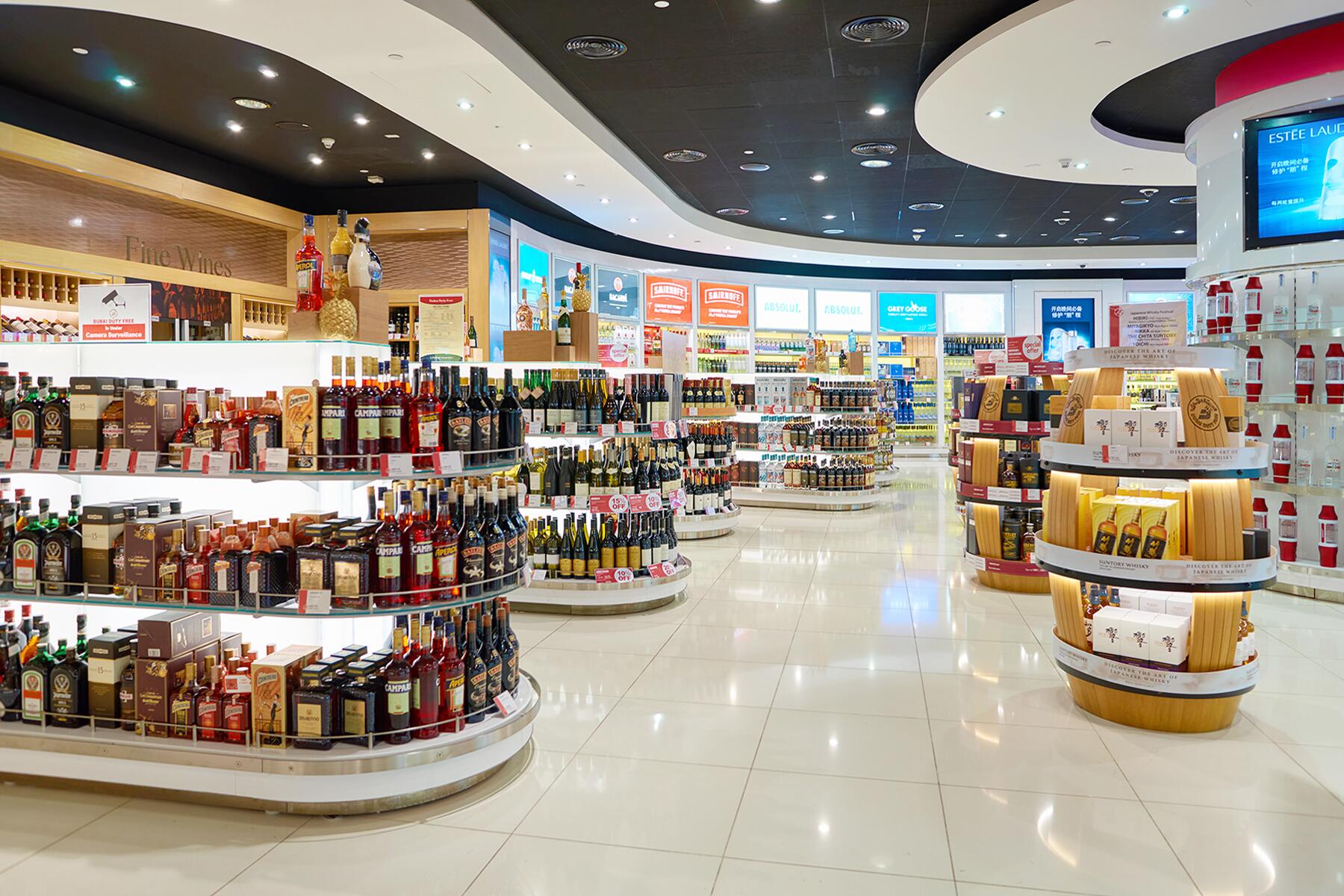If you’re a wine lover, the idea of spending four days in one of the most beautiful wine regions in the world surrounded by like-minded travelers with only one goal (drink all the wine) might just top your wish list. Well, the Sonoma County Winegrowers sees your travel goals and raises you one annual wine camp.
Over three and a half days, campers travel all over Sonoma County to visit multiple wineries, learn about the winemaking process, pick their own grapes, and of course, taste a lot of wine. Whether you’re a retired sommelier or a tried-and-true boxed wine aficionado, an immersive travel experience like this is one to seriously consider. Here’s why.
Even without all the wine, Sonoma County is very beautiful.
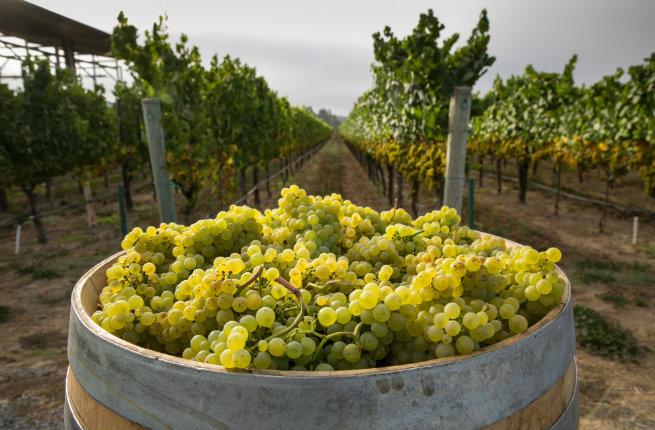
An hour north of San Francisco, the sprawling area known as California Wine Country has been indulging oenophiles for generations. Glitzy Napa has long attracted most of the attention, but in recent years, low-key Sonoma County has seen an upswing in visitors. Stretching east from the Pacific coast to Napa Valley and north from Petaluma, Sonoma County encompasses hundreds of gorgeous wineries in the Russian River, Dry Creek, and Alexander Valleys as well as hip towns like Santa Rosa and Healdsburg (Sonoma itself is also a town in Sonoma Valley, but it’s just a small slice of the region). Bright blue skies, rolling green vineyards, and towering mountains make set the beautiful scene, while boutique hotels, hip restaurants, and luxurious spas help add to the quaint and relaxing atmosphere.
Recommended Fodor’s Video
You’ll be going at the best time of the year.
Harvest time in any wine-growing region is a special experience: the warm autumn air hums with the activity of the workers, who often rise in the middle of the night to pick the grapes before the sun warms them. The vineyards are soaked in greens and oranges, and sunsets are magnificent.
The grape harvest happens in the late summer and early fall in Sonoma County, and that’s when the wine camp takes place every year (yes, there’s only one session a year, and yes, it sells out months in advance). Despite the busyness of the season, vineyard owners and wine growers welcome campers with open arms, eager to show off their vines, their wines, and get some free grape-picking help from the campers.
Duh, you’ll get to try some amazing wine.
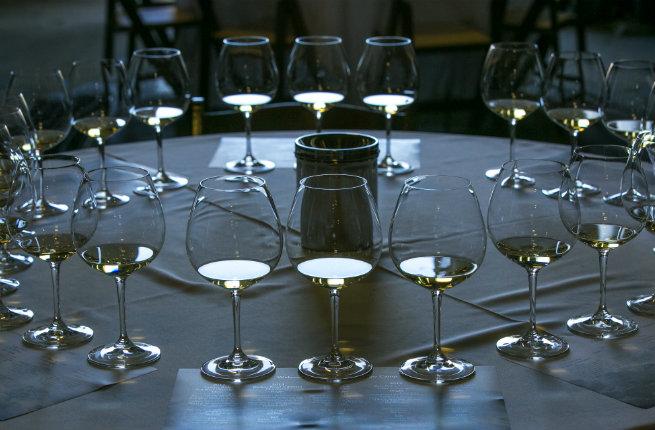
This is a wine camp, which means it’s a wine-tasting camp, so yes, be prepared to drink a lot of wine. A typical itinerary has campers visiting about four wineries a day, and each offers at least four wines to try. Of course, you’re more than welcome to just take a sip or spit after you’ve sampled (or to refrain from drinking at all if you’re not into a wine or just need a break). The camp organizers promote responsible drinking (and honestly, with all the food you eat, it can be hard to get a buzz going), and offer firm reminders that wine camp is a marathon, not a sprint.
But as long as you have these responsible drinking rules in mind, get ready to taste some of the best Pinot Noirs and Chardonnays in America (Sauvignon Blancs, Grenaches, and Zinfandels also often appear on Sonoma County tasting menus). An added bonus of the camp itself is that many of the experiences are offered at wineries that don’t have tasting rooms or host tastings by appointment only, so you’ll get to taste some wines that aren’t often shared with the general public.
But you don’t need to be an oenophile to enjoy it.
One of the most refreshing things about wine camp is the complete lack of pretension. Campers tend to be a mix of connoisseurs and novices, and no one, not even the winemakers themselves who obviously know a heck of a lot about wine, make you feel stupid for asking questions or not quite getting that aroma of cherry in your Pinot. At the seated dinners and lunches, the vineyard owners and winemakers sit alongside campers, creating an intimate experience of getting to know the people in the industry and the chance to ask them questions to expand your own knowledge of wine.
Oh, and we can’t forget about the food.
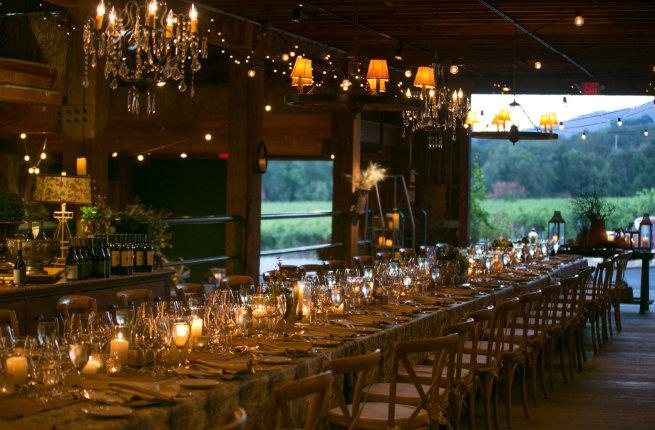
Speaking of those lunches and dinners: Sonoma County takes the farm-to-table movement very seriously (some of the foremost leaders of the movement got their start in California Wine Country), and the food served at the camp is some of the region’s best. While it’s mostly caterers providing the food rather than restaurants, you’ll still get to sample an amazing selection of local fruits, vegetables, meat, cheeses, and seafood.
While almost every winery the camp visits changes each year, along with the menus, a cooking class is almost always included, where campers get guidance from Sonoma County chefs on how to make locally sourced Sonoma County recipes. All of these food experiences are naturally paired with wine in order to enhance the flavors of both.
Sonoma County is the most sustainable wine region in America.
Sonoma County is currently on track to have 100% of its wineries sustainable by 2019, a feat that will make it the first wine region in the nation to do so. Like with all farming, growing grapes and making wine leaves an environmental footprint, but there are ways for vineyards and wineries to ensure they’re leaving as small a footprint as possible. Sonoma County has embraced this initiative since 2014 and has made incredible strides in the past few years to make sure they meet the 2019 goal. Sustainability for wine growers means three things: being socially responsible in how they treat employees, neighbors, and the overall community; being environmentally conscientious with farming and winery practices; and being economically viable.
You get to see agriculture in action.
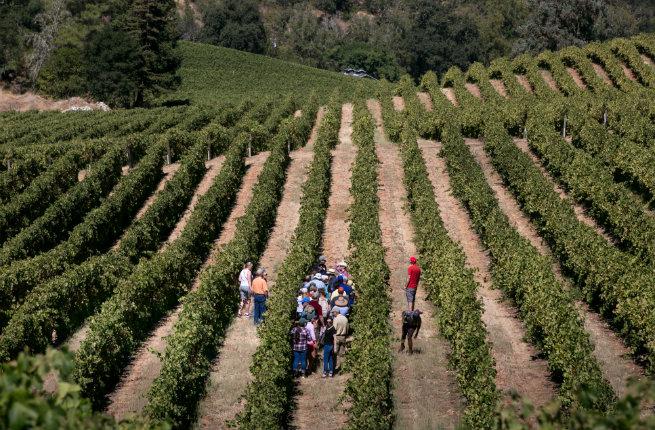
As the sustainability program might hint at, Sonoma County doesn’t just consider itself in the wine-making business—it’s in the farming business. In fact, the wine camp itself is actually advertised as a grape camp, emphasizing the fact that it’s really about learning where our wine comes from. It’s not just wine-tasting; nearly all the vineyards you’ll visit are actually working farms, and activities throughout the camp include grape picking, grape crushing, and blending seminars, meant to put you closer to the wine you drink.
You’ll hear some amazing stories.
Is it really possible that every vineyard and winery in Sonoma County has an interesting story to tell? Maybe not, but the Winegrowers Association does a great job of selecting ones for that camp that do. Whether it’s a sixth-generation family winery or a wine-loving couple who worked for years to finally open their own vineyard, it seems every place you visit has a history or is making history, and the owners are more than happy to share these stories.
Like with any good camp, you’ll actually learn something.
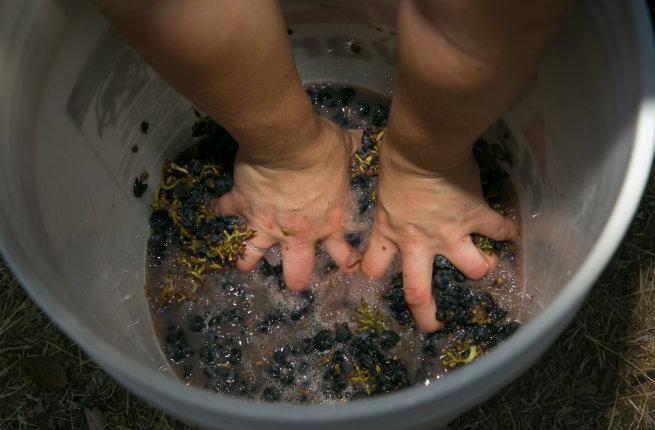
Instead of friendship bracelets and campfire songs, you’ll leave your wine camp experience armed with plenty of knowledge about the wine-making industry, viticulture, and wine-tasting. While you might need to study a little bit more before diving into that sommelier certification test, there’s no doubt that at the end of the three days, you’ll come out with a slightly refined palate and more confidence to select the wine at even the fanciest restaurant.
PLAN YOUR TRIP with Fodor’s Sonoma County Guide
